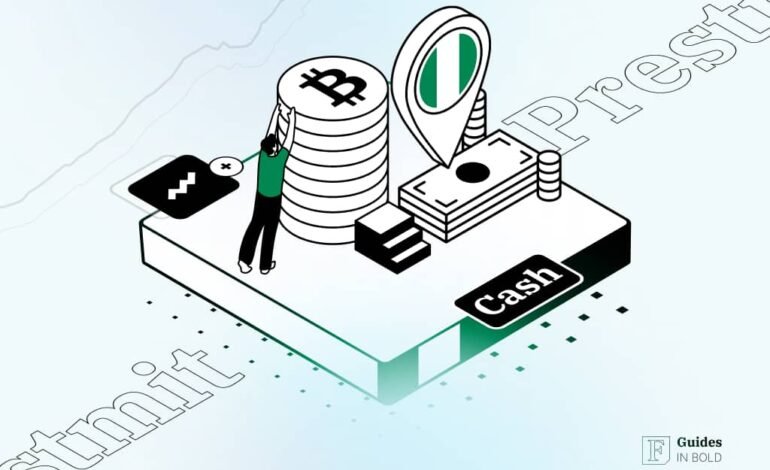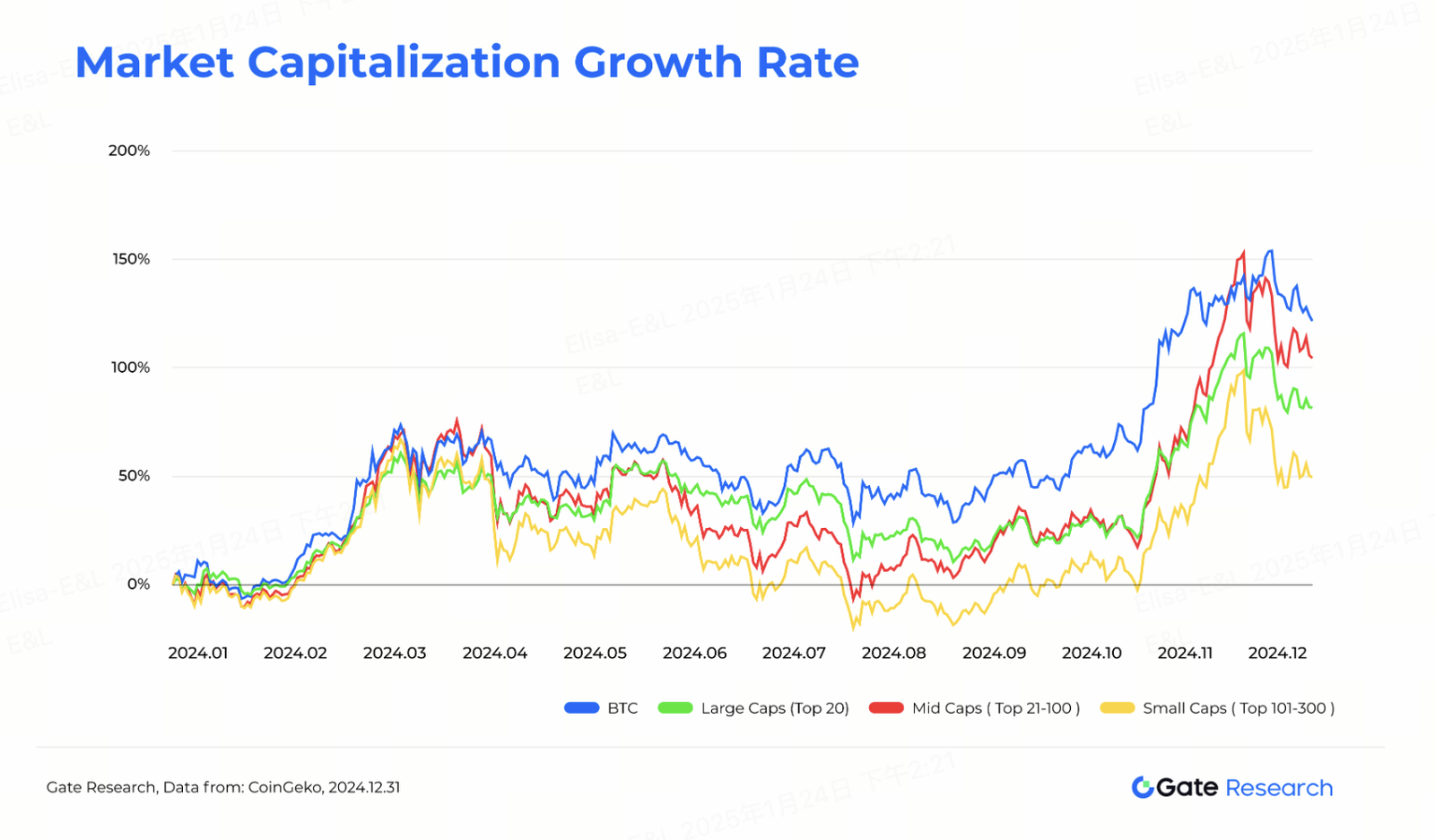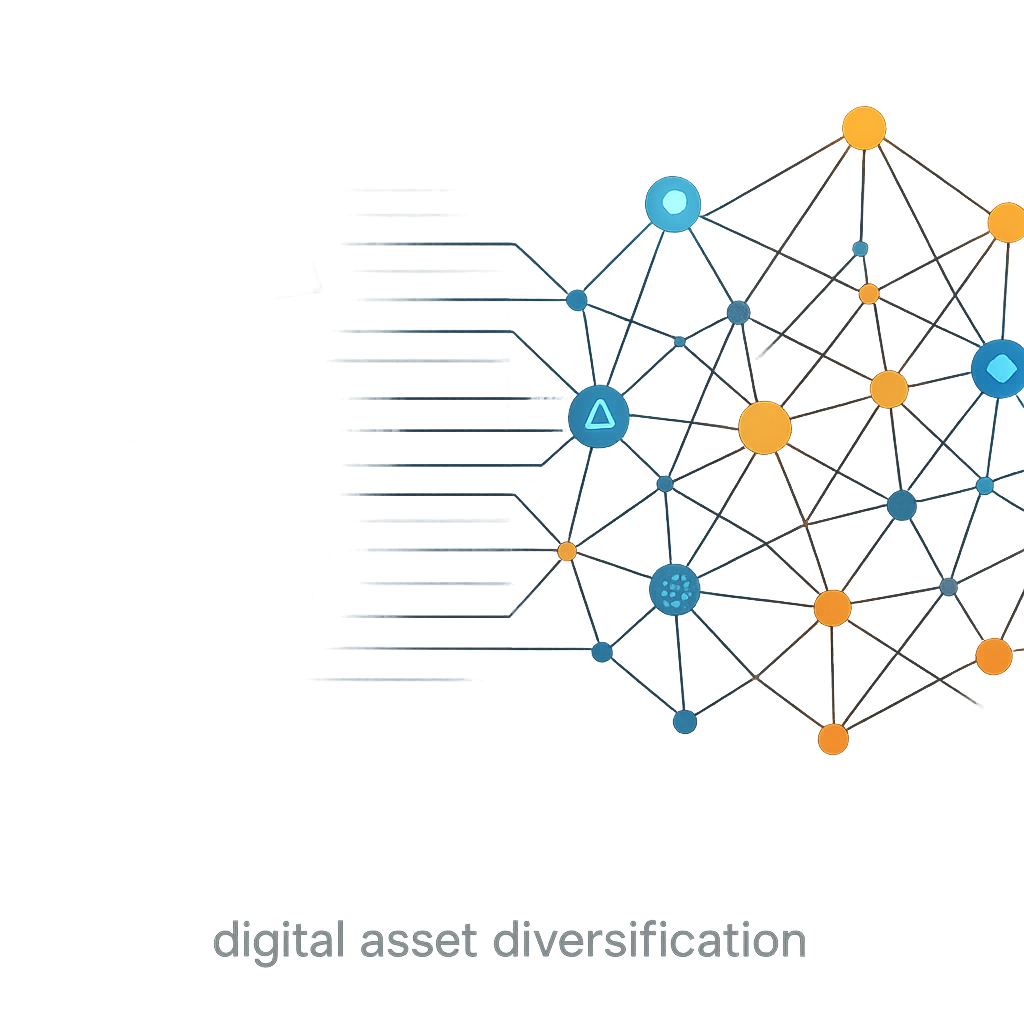Basic Crypto Terms: A Beginner’s Guide to Cryptocurrency Terminology

Discover the basic terms in the crypto market with this beginner’s guide. Learn essential cryptocurrency terminology to navigate the world of digital assets.
Basic Crypto Terms: A Beginner’s Guide to Cryptocurrency Terminology
The world of cryptocurrency is filled with unique terms and jargon that can be overwhelming for beginners. Understanding these terms is essential for navigating the crypto market effectively. In this guide, we’ll cover the basic crypto terms you need to know, helping you build a solid foundation of cryptocurrency knowledge.
1. Blockchain
A blockchain is a decentralized digital ledger that records transactions across a network of computers. Each block contains a list of transactions, and once a block is added to the chain, it cannot be altered.
- Key Features:
- Decentralization.
- Transparency.
- Immutability.
2. Bitcoin (BTC)
Bitcoin is the first and most well-known cryptocurrency, created by an anonymous person or group known as Satoshi Nakamoto in 2009.
- Key Features:
- Limited supply of 21 million coins.
- Decentralized digital currency.
- Often referred to as “digital gold.”
3. Altcoin
An altcoin is any cryptocurrency other than Bitcoin. Examples include Ethereum, Ripple, and Litecoin.
- Key Features:
- Varied use cases and technologies.
- Often created to improve upon Bitcoin’s limitations.
4. Wallet
A wallet is a digital tool that allows you to store, send, and receive cryptocurrencies.
- Types of Wallets:
- Hot wallets (online).
- Cold wallets (offline, e.g., hardware wallets).
5. Private Key
A private key is a secret code that allows you to access and manage your cryptocurrency holdings.
- Key Features:
- Must be kept secure and private.
- Loss of the private key means loss of access to your funds.
6. Public Key
A public key is a cryptographic code that allows you to receive cryptocurrencies. It can be shared publicly.
- Key Features:
- Used to generate wallet addresses.
- Works in conjunction with the private key.
7. Mining
Mining is the process of validating transactions and adding them to the blockchain. Miners are rewarded with new cryptocurrency coins for their efforts.
- Key Features:
- Requires significant computational power.
- Essential for maintaining the blockchain network.
8. Smart Contract
A smart contract is a self-executing contract with the terms of the agreement directly written into code.
- Key Features:
- Automates and enforces agreements.
- Commonly used on the Ethereum platform.
9. Decentralized Finance (DeFi)
DeFi refers to financial services built on blockchain technology that operate without traditional intermediaries like banks.
- Key Features:
- Includes lending, borrowing, and trading.
- Aims to create an open and accessible financial system.
10. Initial Coin Offering (ICO)
An ICO is a fundraising method where new cryptocurrencies are sold to investors before being listed on exchanges.
- Key Features:
- Similar to an Initial Public Offering (IPO) in traditional finance.
- High risk due to potential for scams.
11. Token
A token is a digital asset issued on a blockchain. Tokens can represent various assets or utilities.
- Types of Tokens:
- Utility tokens (provide access to a product or service).
- Security tokens (represent ownership in an asset).
12. Exchange
An exchange is a platform where you can buy, sell, and trade cryptocurrencies.
- Types of Exchanges:
- Centralized exchanges (e.g., Binance, Coinbase).
- Decentralized exchanges (e.g., Uniswap).
13. Fiat Currency
Fiat currency is traditional government-issued currency, such as the US Dollar or Euro.
- Key Features:
- Not backed by a physical commodity.
- Used as a reference value for crypto trading.
14. Market Capitalization
Market capitalization (market cap) is the total value of a cryptocurrency, calculated by multiplying the current price by the total supply.
- Key Features:
- Indicates the size and significance of a cryptocurrency.
- Used to compare different cryptocurrencies.
15. HODL
HODL is a term derived from a misspelling of “hold,” referring to the strategy of holding onto cryptocurrencies rather than selling them.
- Key Features:
- Popularized by the crypto community.
- Reflects a long-term investment mindset.
16. Fork
A fork occurs when a blockchain splits into two separate chains, often due to changes in the protocol.
- Types of Forks:
- Hard fork (creates a new blockchain).
- Soft fork (backward-compatible changes).
17. Whale
A whale is an individual or entity that holds a large amount of cryptocurrency, capable of influencing market prices.
- Key Features:
- Often monitored by the crypto community.
- Can cause significant price movements.
18. Gas
Gas refers to the fee required to conduct transactions or execute smart contracts on the Ethereum network.
- Key Features:
- Paid in Ether (ETH).
- Varies based on network congestion.
19. Stablecoin
A stablecoin is a cryptocurrency designed to maintain a stable value, often pegged to a fiat currency like the US Dollar.
- Key Features:
- Reduces volatility.
- Commonly used for trading and remittances.
20. NFT (Non-Fungible Token)
An NFT is a unique digital asset that represents ownership of a specific item or piece of content, such as art or collectibles.
- Key Features:
- Cannot be exchanged on a one-to-one basis.
- Gained popularity in the art and gaming industries.
Conclusion
Understanding the basic terms in the crypto market is essential for navigating the world of digital assets. By familiarizing yourself with these key terms, you can make informed decisions and participate more effectively in the crypto ecosystem. Whether you’re a beginner or an experienced investor, building a solid foundation of cryptocurrency knowledge is crucial for success.










